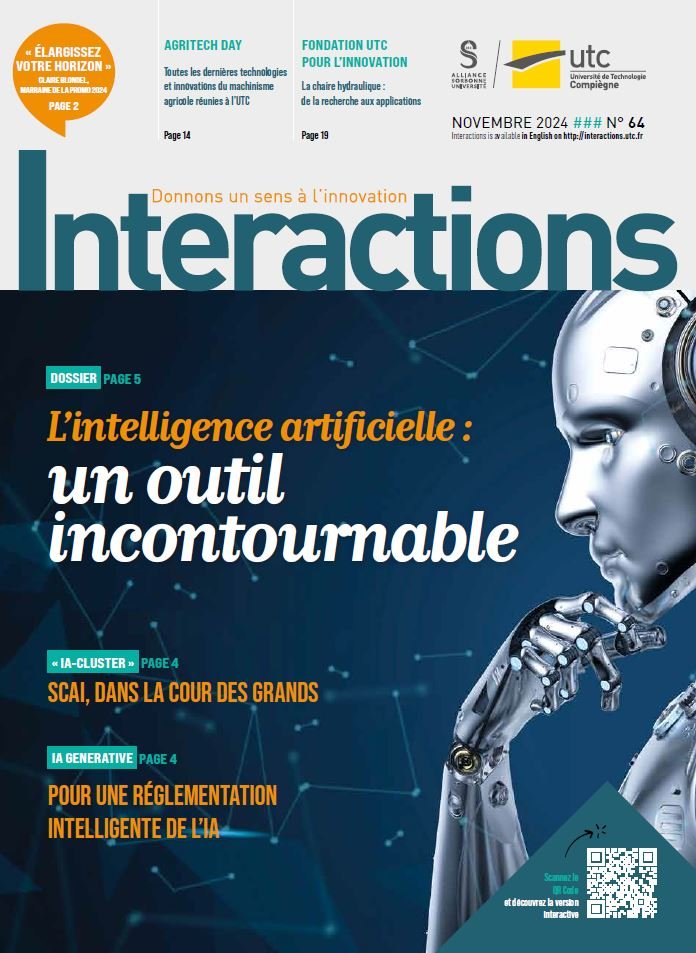These theses that change life: Estimation of semi-Markov chains and hidden semi-Markov chains for applications in reliability assessment and in biology

The chances of a machine breaking down, or a patient relapsing into disorder … probabilities of such events are an integral part of our daily lives without our always being aware of this. As statistical analysis sciences and probability theory progress they provide better keys today to understanding phenomena that appear strange indeed to the ‘man in the street’.
Vlad Stefan Barbu – who read mathematics and statistics at Bucharest (Rumania) — contacted the UTC-LMAC (applied maths) laboratory in Compiegne and did his PhD and presented his thesis there in 2005.
Underpinning the title above, there are algorithms that help simplify work for research scientists. “In the field of biology, the application aspects of my thesis help scientists to move around on a genome map”, he explains. When geneticists are looking for the causes of a disorder, they in fact are looking for areas in the DNA chain where genes are affected. The algorithms Vlad Stefan Barbu proposes allow them to detect code-carrying segments from non-coded parts which constitutes a first sorting process that helps orient the geneticist in a huge mass of data.
The second part of his thesis work related to estimations of the parameters that, for example, impact the reliability of a machine or the survival expectations for of a patient.
Given that we are living in a complex world, machine do not directly change over from a correct operational mode to being broken down. Likewise, the human body does not change brutally – except for a few collapse type cases — from being in good health to being seriously ill. Vlad Stefan Barbu’s work helps scientists and engineers better understand the intermediate states.
Making use of Markov hypotheses to ascertain what is going to take place tomorrow, we must also know what is happening today: the past is not taken into account.
“By studying semi-Markov chains, you can attenuate the initial hypothesis and take elements from a past period into account too”. The idea, schematically, is to integrate for example the break-down history of a given machine in service. “If we aim at integrating all the past data, this proves impossible, given the number of parameters involved. Notwithstanding, a study of semi-Markov chains allows the time-scale of the models to be widened”. The thesis enables practitioners to determine better the time-to-heal for some disorders or the risks of a relapse in the case of an illness.
As of 2006, Vlad Stefan Barbu has been appointed senior lecturer in statistics at the University of Rouen.




